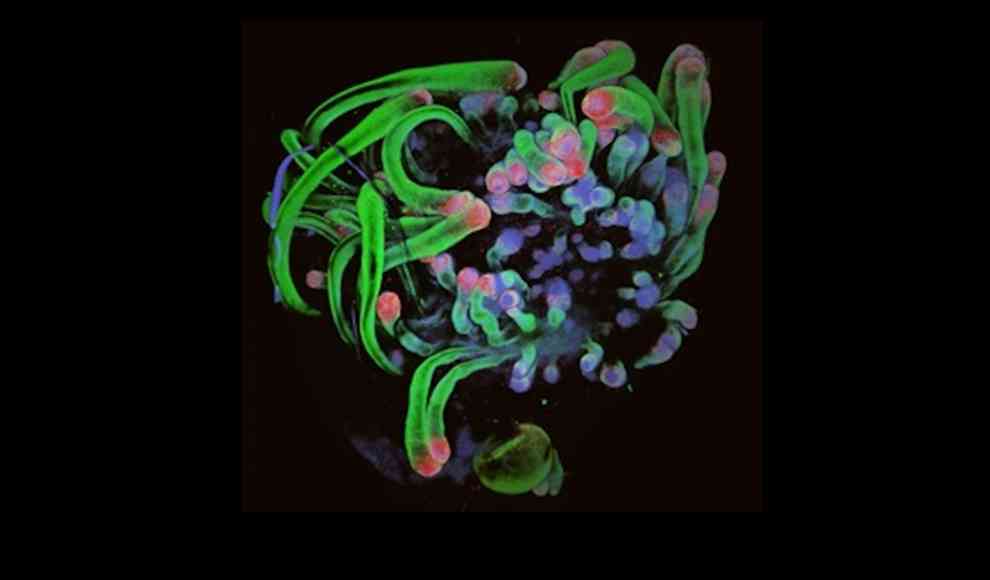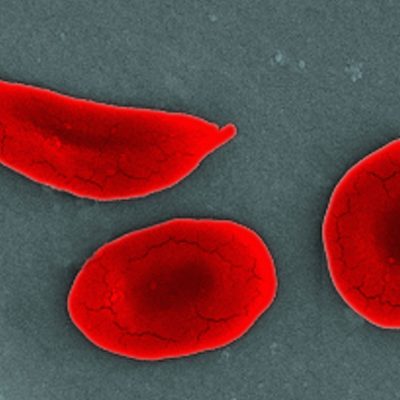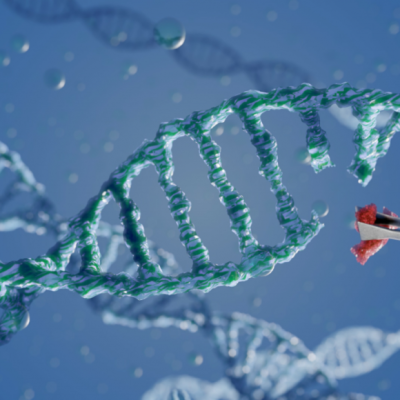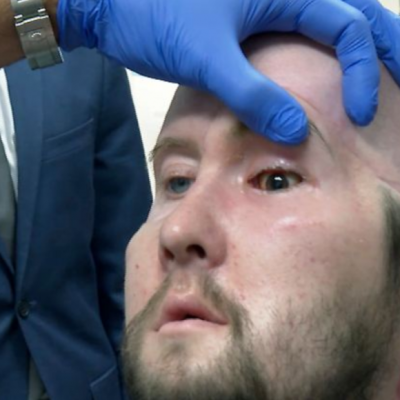Scientists have successfully grown nearly complete human skin from embryonic stem cells, which could be used in the future to treat skin diseases, reconstructive surgery for burn victims, and even hair loss. The demand for donor organs can only be met in a few countries globally, so scientists are searching for ways to grow artificial organs. Human skin, which consists of multiple layers of tissue and includes blood vessels, nerves, hair follicles, and sweat glands, has been difficult to artificially create due to its complexity. However, scientists at Indiana University in Bloomington have successfully grown human skin with nerve cells, hair follicles, and sebaceous glands from stem cells, which were then transplanted onto mice.
The team used embryonic human stem cells, which can develop into almost all types of human cells, and were cultured in a petri dish with nutrient solution. After 70 days, a round lump developed from the stem cells, with the epidermis, dermis, and subcutaneous fat visible. In the following weeks, the first hairs grew from the organoid, and the hair follicles aligned regularly with each other. Some of the stem cells differentiated into sensory and nerve cells, and the hair follicles formed pigments. The team then transplanted small pieces of the artificial skin onto mice, and in 55% of cases, the skin including the hair follicles remained active and grew hair.
The artificial skin could be used in the future to treat skin diseases and injuries, and even hair loss. The study is a significant step towards treating baldness in humans and opens the way to other significant therapy possibilities. However, further studies are needed to determine whether the skin transplants remain healthy after several months or whether immune system reactions destroy them in the long term.










